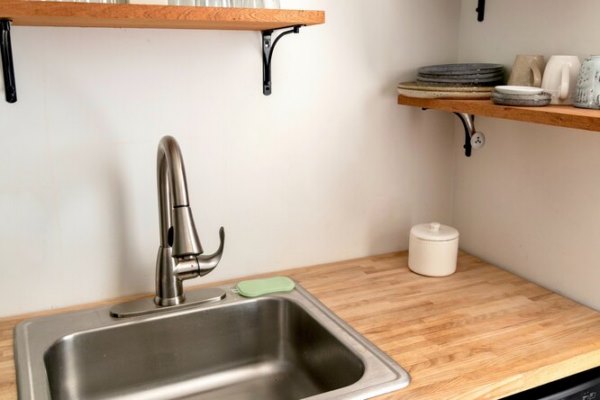Despite the fact that you regularly do cleaning, there are still places in the house where the number of bacteria and viruses will be record high.

During cleaning, we tend to clean and disinfect some places in our house more than others. However, the fact is that we do not always know which places are the dirtiest and how many pathogenic microorganisms can be in them. Here are a few places that you should pay closer attention to cleaning.
Kitchen sink
It’s hard to believe, but a kitchen sink can be dirtier than a toilet bowl. In a study conducted by the Public Health and Safety Organization, 75% of kitchen sponges, 45% of kitchen sinks, 32% of countertops and 18% of cutting boards tested positive for E. coli.
For comparison, the dirtiest places in the bathroom — toothbrush holders and faucet handles, showed less noticeable results. Only 27% of toothbrush holders and 9% of mixer handles were infected with E. coli.
Fridge
Studies have shown that the refrigerator is also dirtier than the toilet. The refrigerator has an average of 11.4 million microorganisms per 1 square centimeter of space, while toilets have only 100 pathogens per square centimeter.
This does not mean that we do not clean our refrigerators thoroughly enough. Unprocessed foods are susceptible to mold and microbial growth. And at low temperatures, some types of mold and bacteria retain the ability to reproduce and continue to live on shelves and in refrigerator drawers.
Coffee machine
Scientists have proved that half of all coffee makers and coffee machines have traces of mold and mildew. This is probably due to the accumulation of moisture on their parts. To protect the coffee maker from mold, clean and dry its removable parts after each use.
